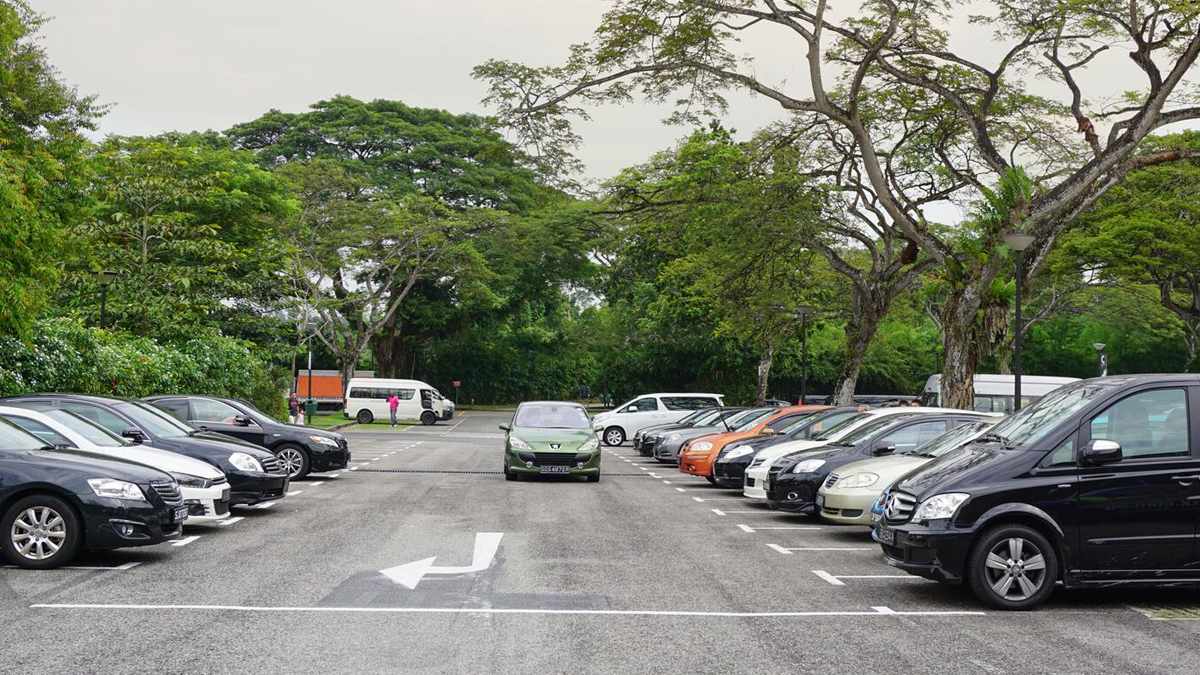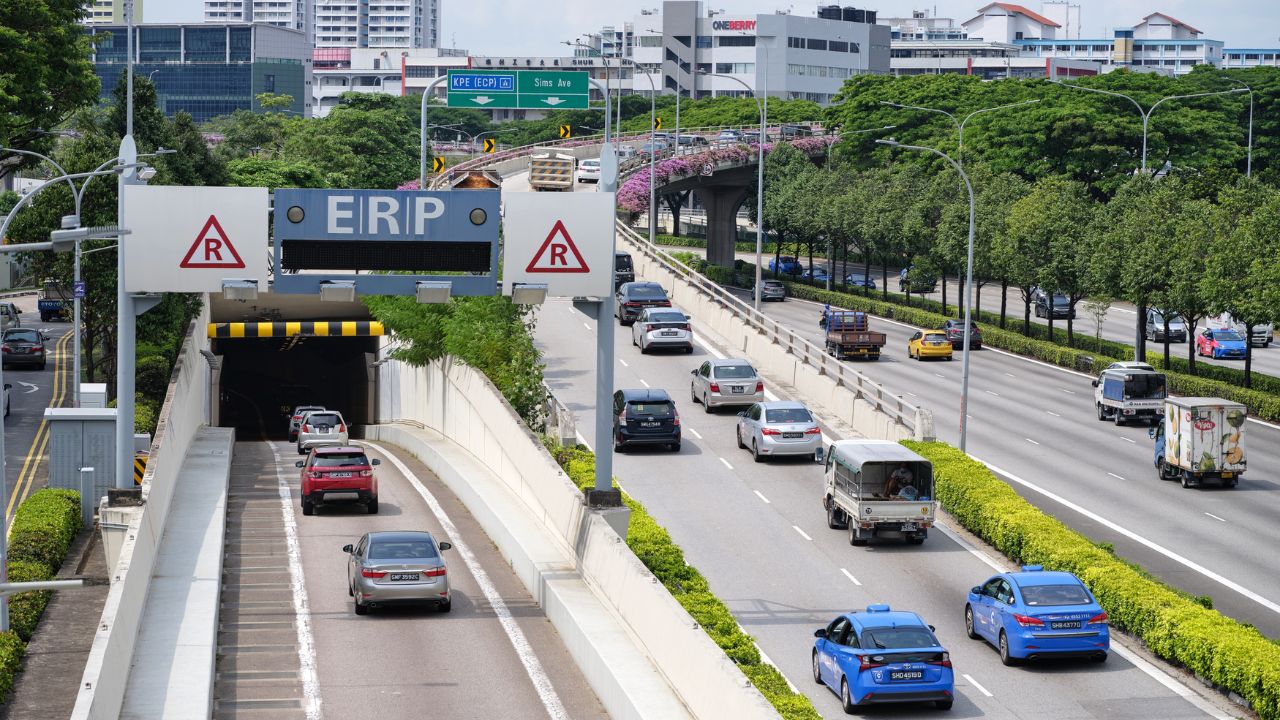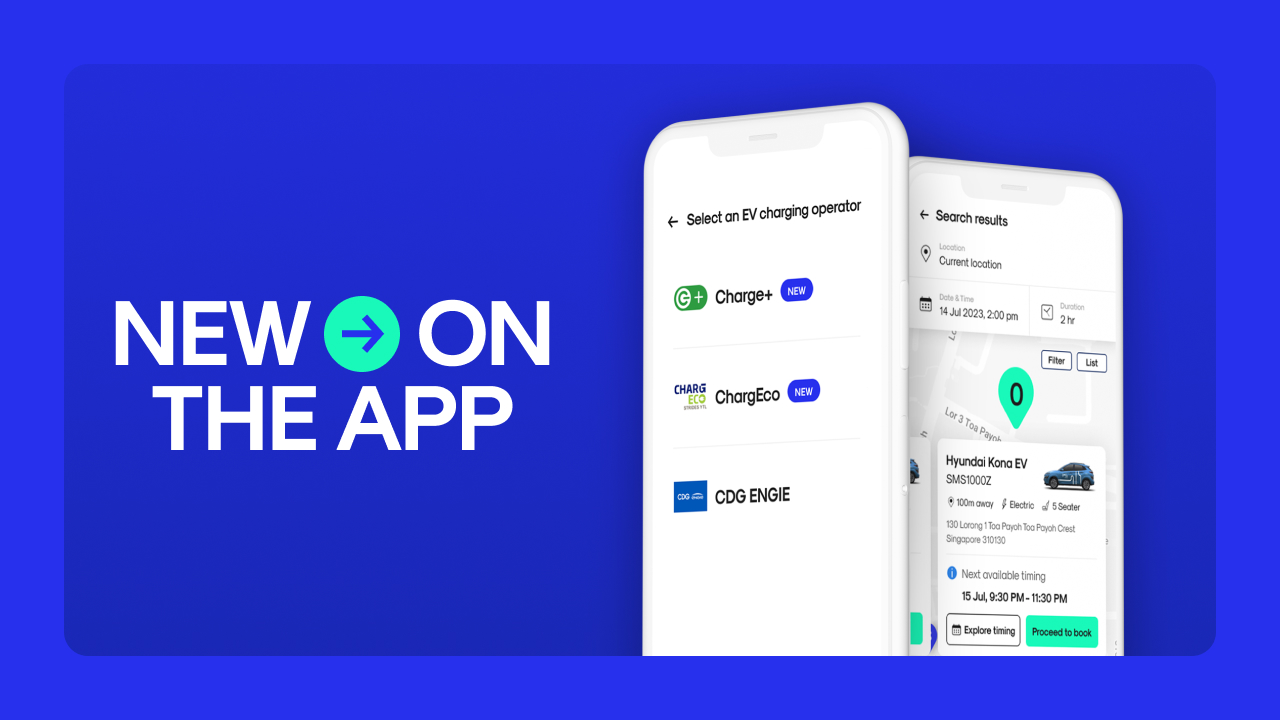Electric vehicles in Singapore: The most common misconceptions about GetGo’s EVs
22/03/2023
6.9 min read

Carsharing is, in itself, environmentally friendly. And one of the ways we’ve tried to make it even more so is by adding electric vehicles (EVs), also known as electric cars, to our fleet. They’re not only good for the environment, but offer a much smoother and quieter ride than petrol or diesel vehicles.
We’ve expanded our EV fleet since our early days — with plenty of cool options to choose from like the BYD e6, Hyundai IONIQ 5 and MG ZS EV. Plus, if you’re looking to move bulky items, we’ve also got electric vans in the GetGo fleet that you can use.
We understand that like anything new, electric vehicles in Singapore are bound to garner some misconceptions through hearsay — so we got to work and debunked many of these myths
01 • EVs are too costly to book

One of the most persistent myths is that our EVs are costly to book compared to hybrids and petrol cars. We’d like to clear the air and tell you that that isn’t true. In fact, we’ve got an entire page dedicated to helping you compare prices.
You’ll notice that the time charge difference between Standard Regular (petrol) and Standard Electric vehicles is only one dollar. Also, the time charge for our Premium Electric vehicles is cheaper than that of our Luxury Regular (petrol) vehicles.
Not only that, the mileage charge for our EVs is 10 to 20 cents cheaper per kilometre compared to our Regular (petrol) vehicles. So no, it’s not too costly to book an EV at all!
02 • You need to pay to recharge your EV
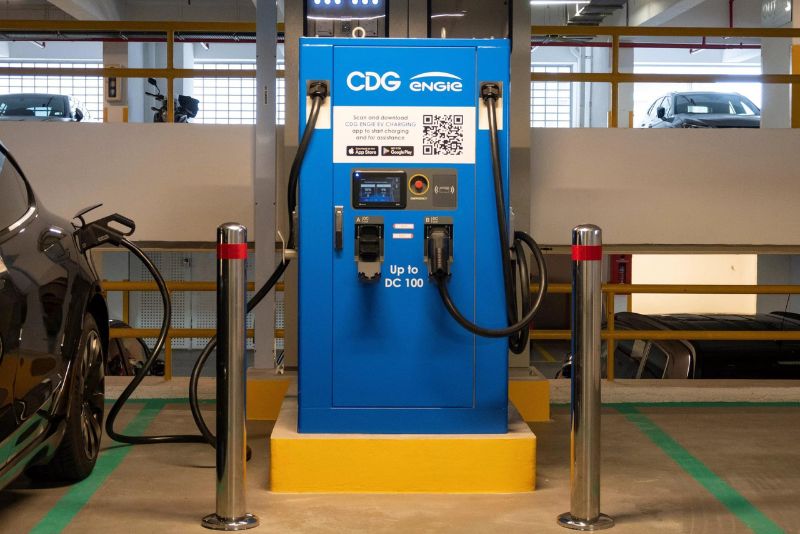
(Photo: Eco Car Asia)
This myth really couldn’t be further from the truth. Remember how we told you that we pay for your refuelling costs for hybrid and petrol vehicles? This also applies to our EV, as we cover the costs of recharging, so rest easy.
In fact, the process is similar to how you would refuel one of our hybrid or petrol cars. All our EVs have an EV charging card tucked in the sun visor above the driver’s seat, which are compatible with CDG ENGIE charging stations.
03 • Charging EVs is difficult

(Photo: CarBuyer Singapore)
We get it. EVs are a new experience to you. It’s only natural to be hesitant to do something you’ve never tried before. In any case, we’ve put together a guide to help you with recharging. But for convenience’s sake, we’ll also help you out on this very post.
Just take the following steps:
- Turn off the EV.
- Open the charging port (see #4 for more info on this one).
- Unhook the DC/CCS charger and plug it into the charging port.
- Just tap the card at the card reader — charging will then begin.
And when you’re done, just unlock the car, unplug the charger and put it back in its kiosk. Simple as that!
You may also be wondering where you can charge an EV. The answer is that you can charge our EVs anywhere there’s a CDG ENGIE recharging station. Here’s a list of locations where you can find one.
04 • It’s hard to open the charging ports on EVs
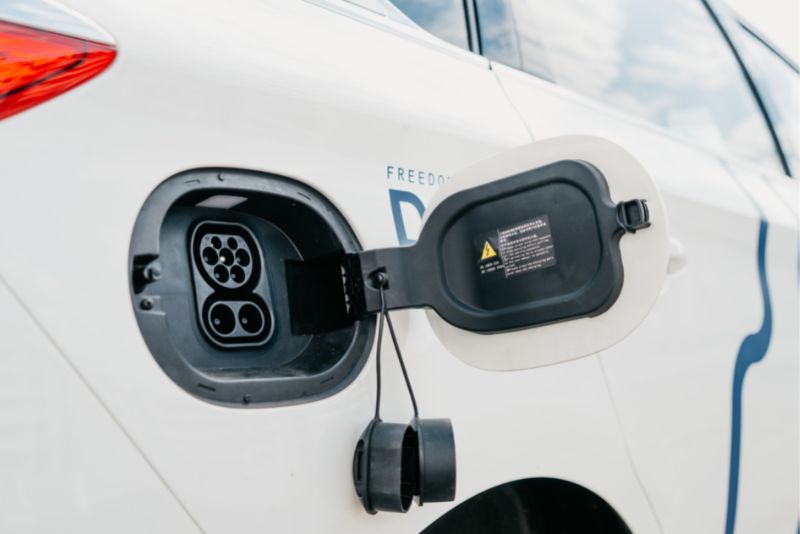
We understand why this myth came about. We know doing something new is not easy. However, opening the charging port on an EV is pretty easy — here’s a guide to help you. Alternatively, you can also check out the tips below for opening the charging ports of some of our most popular EVs:
- BYD e6 EV: First, press the door unlock button on the driver’s door panel. Next, find the charging port door on the right side of the car. Press down on the door and it will open.
- Hyundai IONIQ 5: First, make your way to the charging port door — you’ll notice a symbol on it. Next, press down on that symbol and the door will open. To close it, just press the “close” button you see and it’ll automatically close. If the charging port door doesn’t open, you can still open it manually. Open the boot and you’ll see a knob with two settings, open and close. Turn the knob to “open” and pull the emergency cable. The door will open.
- Hyundai IONIQ Electric: First, locate the
button on the door panel that looks like a fuel pump with a wire, then press it. Next, head to the charging port, remove the charging cap, and plug in the charger.
- Hyundai KONA Electric: After turning off your engine, locate the
button with the word “AUTO” on it and press it. Then locate the charging port, remove the charging cap, and plug the charger in.
- DFSK EC35 EV Van: The charging door is located on the driver’s side. To open it, pull the black cap towards you. To close it, just push the door back in until it clicks.
- Golden Dragon ABS EV Van: Similarly to the DFSK EC35 van, there is a black cap on the door. Pull the cap towards you to open it, and push the door back in until it clicks to close it.
- BYD T3 EV Van: Before charging, look for a lever that has a
symbol and pull it. The charging port is at the front of the van, underneath the plate with the logo. Pull the plate up and you can charge the van.
05 • We don’t charge our EVs
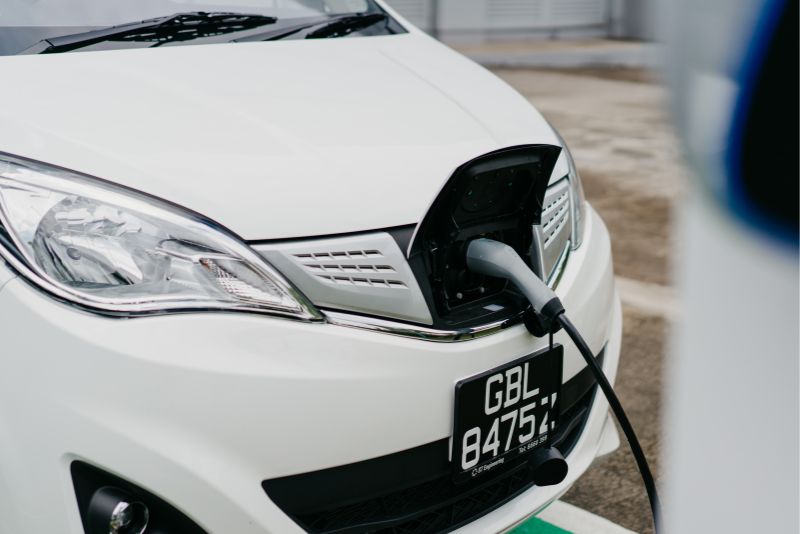
Contrary to hearsay, we do take the time to charge our vehicles daily. This is so you get the best possible experience with our EVs. After all, nobody wants to drive a vehicle that’s close to running out of juice.
Every 2am to 7am, we charge our vehicles — so if you’re awake at that time and wondering why our EVs aren’t available for booking, it’s because we’re charging them.
06 • Charging an EV takes a long time
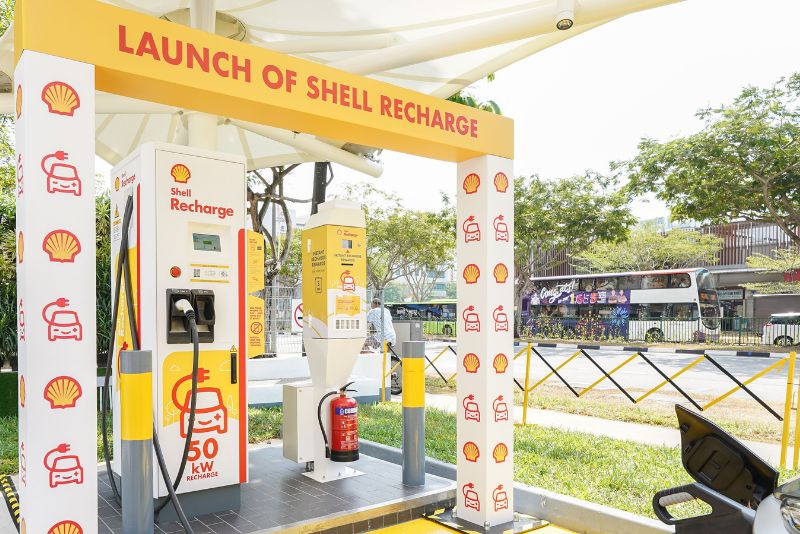
(Photo: Shell Recharge Solutions)
Not necessarily. This really depends on a number of factors including your battery size, how full it is, the maximum charging rates of both your vehicle and the charging point, and the weather. Believe it or not, EVs charge faster when it’s sunny, rather than rainy.
In general, you should charge the battery when it’s around half full as it’ll charge faster than when you charge it near empty.
Aside from that, it’s also better to find a charging point that matches or exceeds the maximum charging rate of your vehicle. Otherwise, it’ll charge slower if you use one with a lower charging rate than your vehicle’s maximum charging rate.
If you’ve done all you can to ensure your vehicle is receiving the maximum amount of charge possible, it could finish charging in as little as 30 minutes.
All in all, EVs aren’t as hard to use as they may seem. Armed with this guide, and our other FAQ guide, you’ll be all ready to take out our EVs for a spin anytime!
Enjoy your drive!
Adam🔌
Trending articles
5
What's New

loop on our
latest updates,
promos, and weekly news.
The GetGo Blog
Get our latest updates,
promotions and weekly news.






